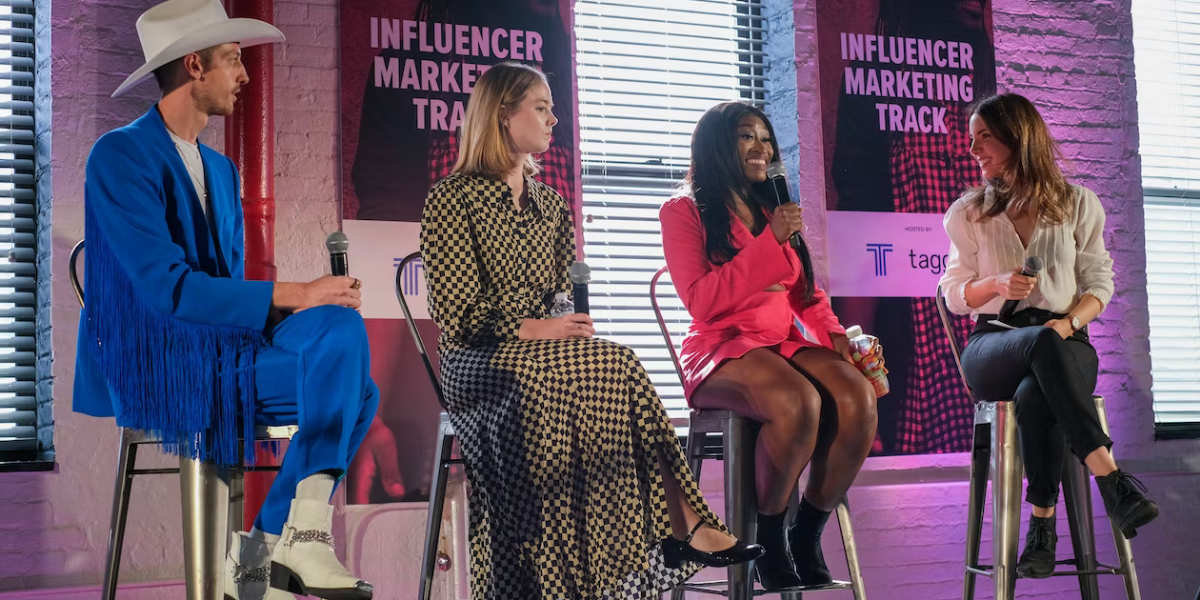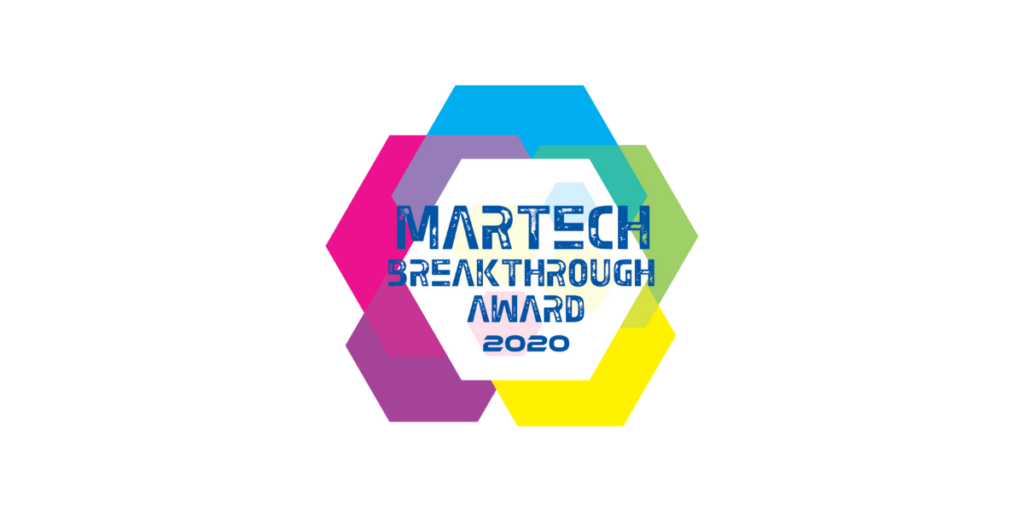
Our session was all about Influencer Marketing, with two hours of content dedicated to helping marketers focus on data, not drama.
Too often we see other companies who claim to be social media experts parroting outdated and unhelpful “advice” on the influencer industry. The truth is, there’s a lot of misinformation out there, which is why we at Tagger continually strive to publish content that is driven by data and experience, not anecdotal noise.
We opened our session with a presentation on the 5 most common myths we see circling the influencer marketing industry. Here’s a list of what those misconceptions are, plus tips on what you should focus on instead…
MYTH 1: It’s impossible to avoid influencers with fake followers & bots
While historically there were a few bad actors who felt they had to purchase followers and engagement in the past, overall it is extremely rare to find creators who have fake followings. Of course, it’s smart to be aware of a creator’s authenticity, but it’s not as difficult as you might think to establish that authenticity during the talent discovery process.
Being overly focused on fake followers is detrimental for a few reasons; first, it’s a rare problem, second, social media has matured to a point where it’s likely that all profiles have at least a small number of bots following them (something that is not the creator’s fault and has nothing to do with influencer fraud), and third, marketers can easily invest in Technology that looks for and flags key indicators of fraud.
At Tagger, we automatically monitor for suspiciously fast growth spikes with no explanation, seeing the same comment copied & pasted on multiple posts, finding the same “pod” of commenters, or the presence of multiple comments in a foreign language
MYTH 2: It’s hard to measure the ROI of influencer marketing campaigns
In the past two years alone, social media platforms have vastly improved analytics and influencer platforms like Tagger have more ways than ever to predict and measure ROI of influencer campaigns.
A few tips; Be sure to set KPIs ahead of time; have a goal in mind beyond engagement. Also, pay attention to benchmarks in your industry, the category of influencer (mostly comes down to follower range), and content type (video vs stories vs reels, for example).
The most basic step we see missed all too often is that marketers neglect to define a “conversion” so they can properly measure their conversion rate before & after the campaign.
And of course, you can always measure ROI if you provide influencers with purchase/discount codes, trackable links, & UTM parameters.
MYTH 3: B2B brands or “un-sexy” advertisers won’t benefit from Influencer Marketing
This is one of the BIGGEST misconceptions in the influencer marketing industry today! Remember, influencers are simply trusted experts with an engaged audience who cares about what they have to say. When B2B companies partner with influencers, they’re getting a shortcut to their target audience’s trust.
Remember, the workforce is spending more time on screens and social media than ever before. Employed people still engage with social media – yes, even during the work day! Influencers help you tell “corporate” brand stories in a human way.
Think creatively about where your target audience is spending the most time and engage B2B influencers to post on those platforms. That might mean partnering with them on content for an Email newsletter, sharing campaigns on linkedin, inviting them to speak on panels, partner at conferences, etc.
MYTH 4: It’s better to go the traditional route of investing in your own creative
Recently, I interviewed industry thought leader Charlie Thomas on today’s “Creative Supply Chain.” The truth is, it takes way more time and resources to create your own branded content than it does to source creators for user-generated creative.
Influencers allow for a lower cost of production, and a higher volume of content. Plus, by working with influencers, you’re acknowledging that they know what their audience responds to better than you do.
MYTH 5: Influencer outreach is seldom effective
Hard truth: if you write messages that look/sound like spam to influencers, you’re not going to get a response. However, there are many proven ways we’ve found to increase likelihood of getting a response.
Lead with a mentality of immediately letting creators know “what’s in it for them”. Personalize your templates when doing mass outreach. Put the creator’s first name in the subject line, call out their past work, posts, or campaigns (show you’ve actually seen their profile). Finally, be up front about compensation – if not the actual proposed amount, then let them know there’s compensation available.
Influencer Marketing isn’t the “wild west” anymore…
It’s a highly professionalized industry full of opportunities to scale, measure performance, and increase ROI. If you’d like to learn more about how Tagger’s all-in-one platform helps marketers execute every step of the influencer marketing process with ease, request a live demo here!



